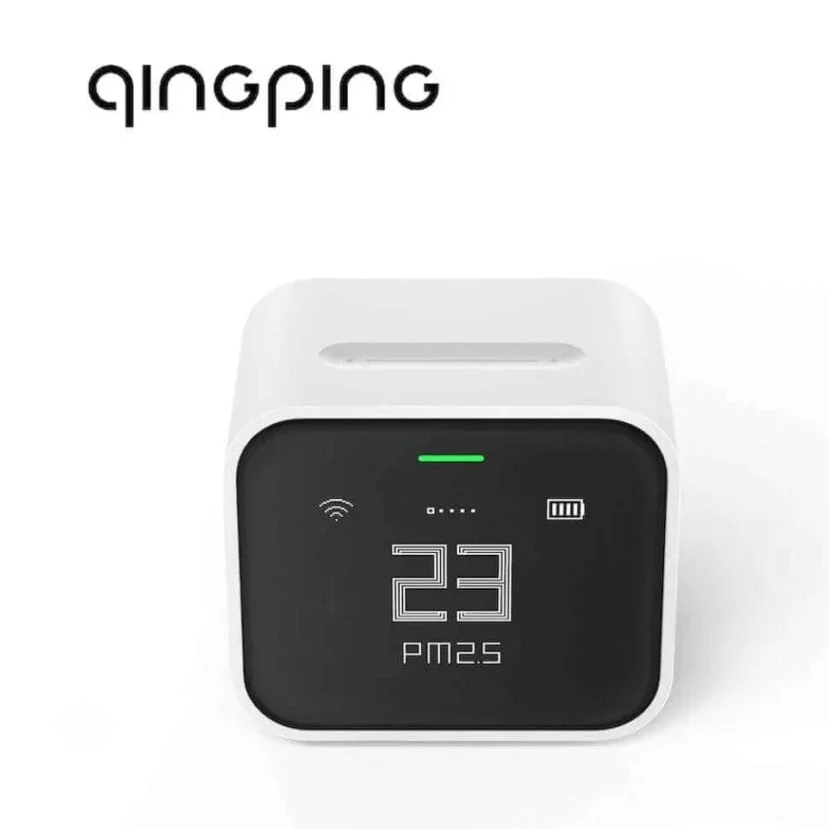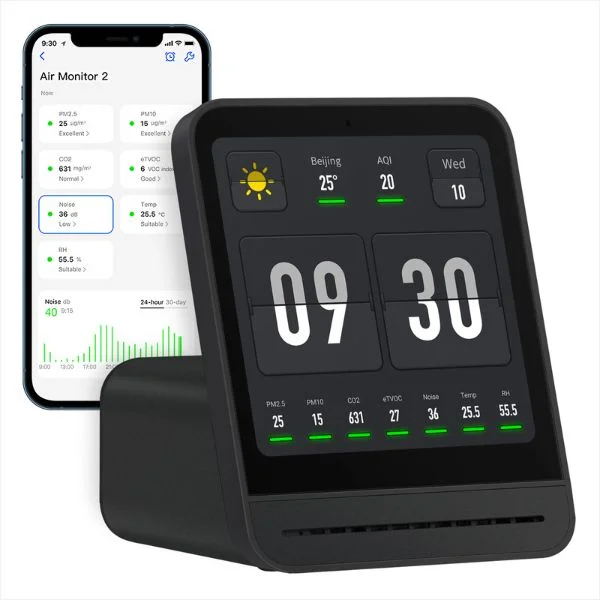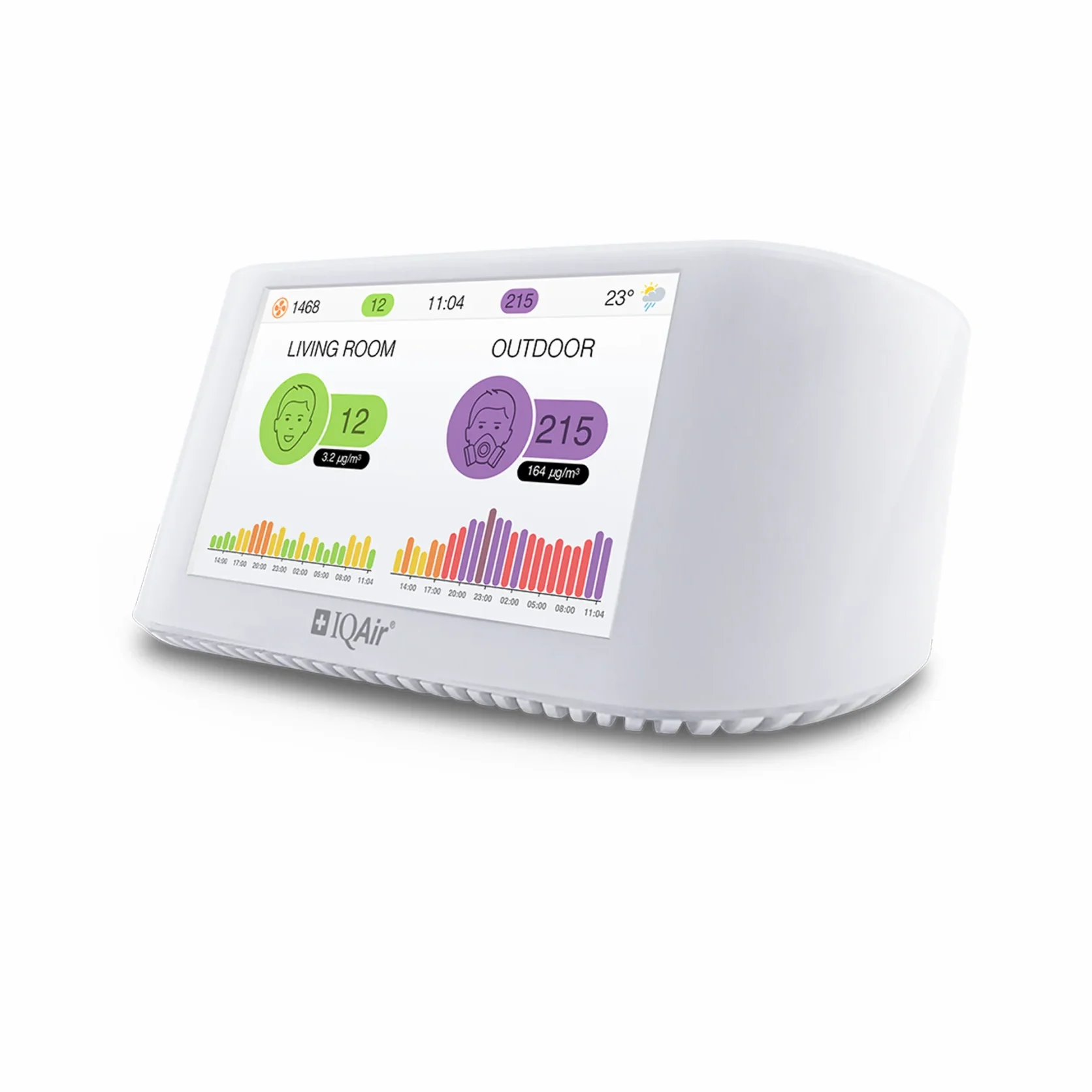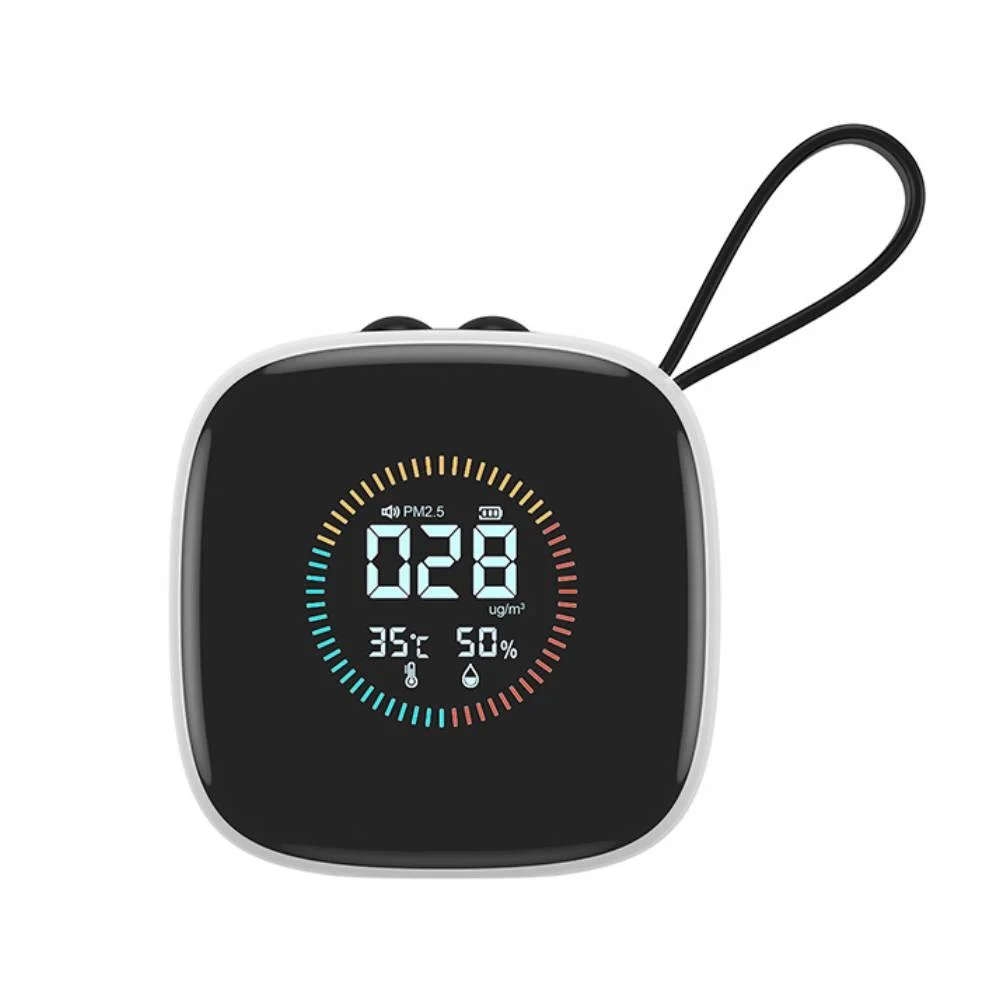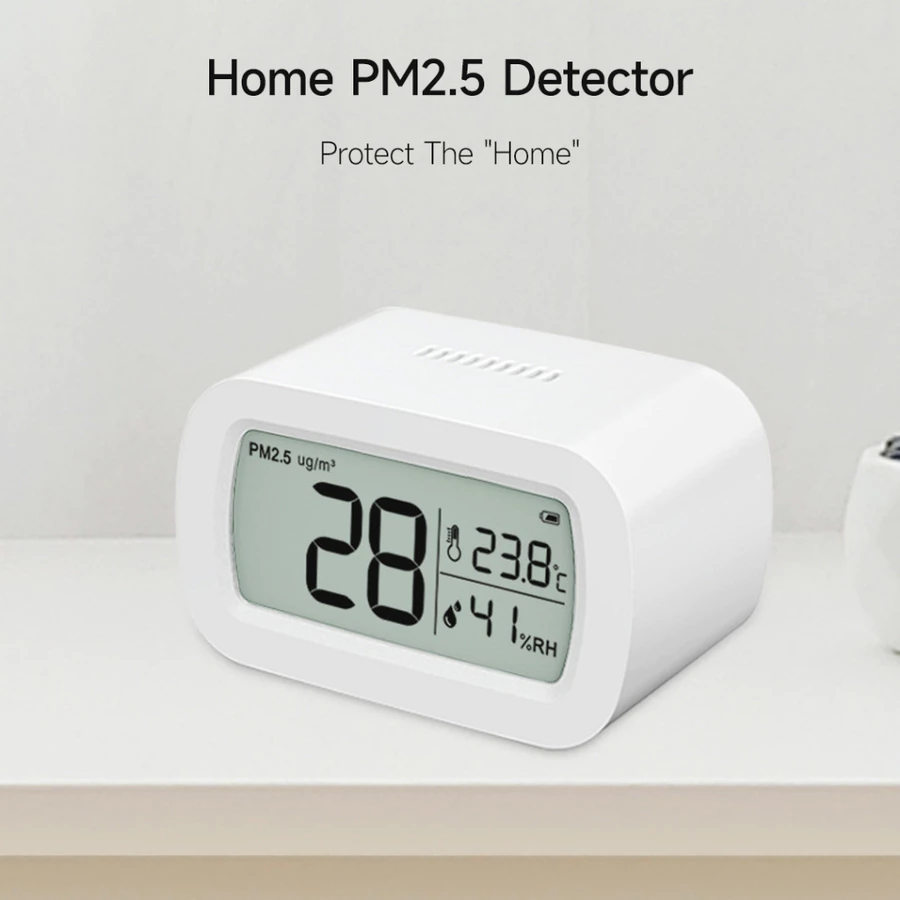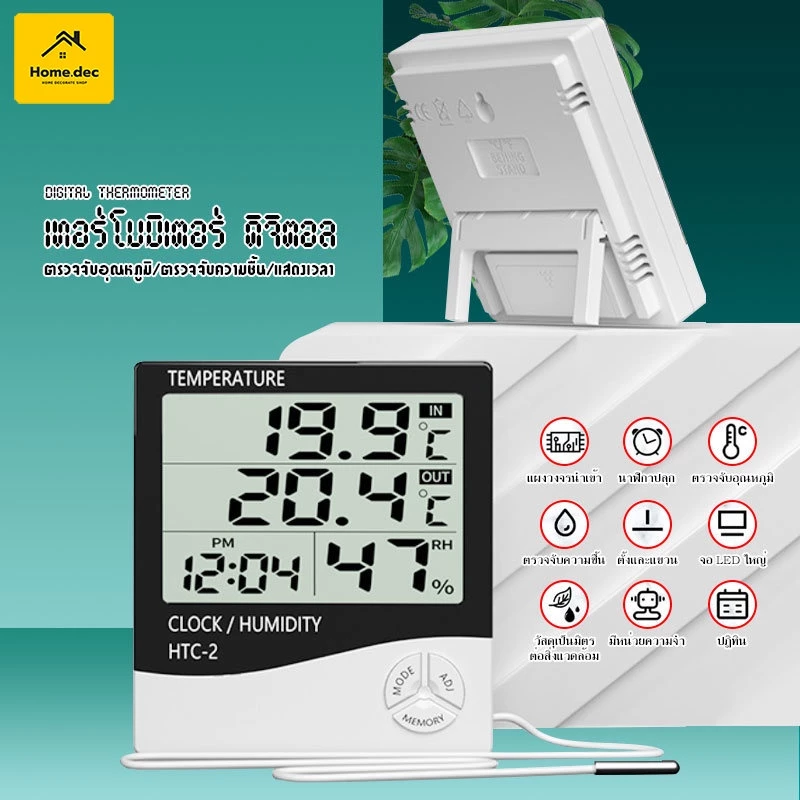Your cart is currently empty!
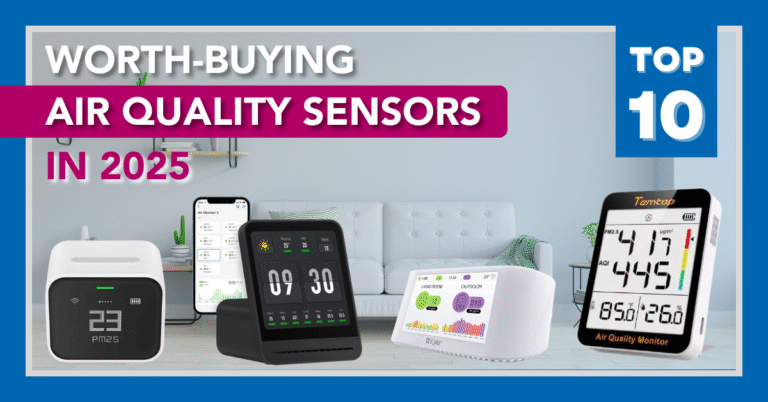
10 Best Air Quality Monitors for PM2.5 in 2025
by Nice patyoo / June 13, 2025
Finding the best air quality monitor in 2025 is essential for anyone concerned about exposure to PM2.5 and other harmful pollutants. These tiny, invisible particles can quietly enter your lungs, bloodstream, and even affect your brain—posing serious long-term health risks.
In this guide, WEDO AIR reviews and compares the 10 best air quality monitors for PM2.5, helping you choose the right device based on performance, accuracy, features, and value. Whether you’re looking for a compact monitor for your bedroom or a smart device with mobile tracking for your office, we’ve got you covered.
Top 10 PM 2.5 Air Quality Monitor Brands
Choosing the best air quality monitor is not easy, as there are many models and features to consider. So, which PM 2.5 air quality monitor brand is the best? In 2025, we at WEDO AIR have carefully selected the top 10 air quality monitors that offer the best value for your money.
1. Temtop S1
Dimensions: 0.7 x 2.7 x 3.5 in
Weight: 110 g.
Battery capacity: 800mAh
It can measure PM2.5, AQI, temperature and humidity.
Equipped with a battery level indicator, a rear magnetic Type-C charging port for convenient placement, and intuitive mode and power buttons, the device attaches easily to any metal surface.
Pros
Cons
2. Qingping Lite
Dimensions: 63.6 × 46 × 54.6 mm.
Weight: 143 g.
Battery capacity: 2000mAh
It can measure PM2.5, PM10, CO₂, temperature and humidity.
Compatible with Apple Home, the Qingping app, and the Mi app, this device provides real-time alerts when air quality levels exceed the threshold—ensuring you stay updated at all times.
Pros
Cons
Pros
Cons
4. IQ Air – Air Visual Pro
Dimensions: 18.39 x 8.19 cm.
Weight: 1,000 g.
It can measure PM1, PM2.5, PM10, CO₂, temperature, humidity and atmospheric pressure.
IQAir also provides historical indoor Air Quality Index (AQI) data, temperature, and humidity, along with health recommendations tailored to your air quality.
Pros
Cons
Pros
Cons
Pros
Cons
Pros
Cons
ข้อดี
ข้อจำกัด
Pros
Cons
Pros
Cons
How Essential Are Air Quality Monitors?
They are extremely essential, especially in an era where PM 2.5 dust has become a silent threat impacting our health every day.
Air quality monitors are no longer a luxury but a must-have device to keep at home or carry with you. They help you closely monitor the air around you, since PM 2.5 particles are colorless, odorless, and invisible to the naked eye — yet they can directly enter your lungs and bloodstream.
Features to Consider When Choosing an Air Quality Monitor
Choosing a good air quality monitor requires considering several factors to get a device that meets your actual needs and provides the most accurate information. Important features to keep in mind include:
1. Measurement Accuracy
The air quality monitor should be able to detect PM 2.5 particles accurately, with resolution in micrograms per cubic meter (µg/m³), to correctly assess the surrounding air quality.
2. Types of Pollutants Detected
Besides measuring PM 2.5, some models can also detect other harmful gases such as VOCs (Volatile Organic Compounds), carbon dioxide (CO₂), or nitrogen dioxide (NO₂). This is ideal for those who want more comprehensive data.
3. Clear Display and Easy Operation
Devices with clear, easy-to-understand screens or air quality indicator lights help users of all ages conveniently read data without constantly checking an app.
4. App Connectivity
Smartphone app connectivity allows users to track historical air quality data, view daily or monthly trends, and receive alerts when pollutant levels are abnormally high.
5. Portability and Versatility
If you want to check air quality outdoors or while traveling, choosing a compact, lightweight device with a built-in battery will make it more convenient to use.
6. Value for Money and Reasonable Price
Finally, a good air quality monitor doesn’t have to be expensive. Choose a model that has complete features suited to everyday use and is reasonably priced, so your investment is worthwhile.
How Does PM 2.5 Dust Affect Health?
PM 2.5 refers to particulate matter smaller than 2.5 microns, which is tens of times smaller than the width of a human hair. Due to its tiny size, it can easily penetrate deep into the lung alveoli and directly enter the bloodstream, causing both short-term and long-term health effects.
Health Impacts on the Body:
- Respiratory System: Asthma, pneumonia, emphysema
- Cardiovascular System: Heart disease, high blood pressure, stroke
- Other Systems: Increased risk of type 2 diabetes and certain cancers, such as lung cancer
High-Risk Groups: children, the elderly, pregnant women, and people with chronic illnesses are especially vulnerable and may suffer more severe effects from PM 2.5 exposure than the general population.
What makes PM 2.5 particularly dangerous is that it is colorless and odorless, allowing us to inhale it unknowingly. Monitoring air quality with accurate sensors is therefore one of the most important ways to protect yourself and your family from this silent threat.
FAQs
Summary
Having an air quality monitor at home is not just about technology — it’s about caring for your health with every breath you take. A good air quality monitor helps you check real-time levels of PM 2.5 and other pollutants, allowing you to decide when to turn on an air purifier or close your windows.
WEDO AIR has compiled the top 10 air quality monitors of 2025 in this article to help you choose the best device for your home or office.
Good health starts with clean air — so let’s begin monitoring and improving your air quality today. 💨🍃



